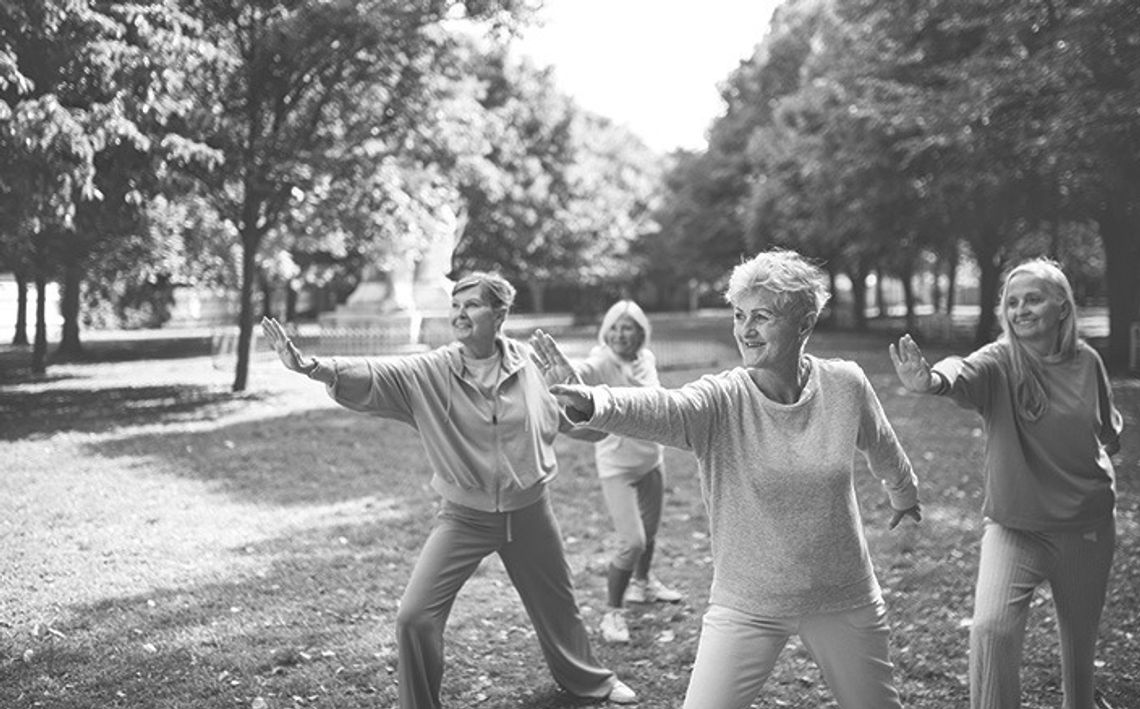Osteoporosis is a condition that affects both men and women, but aging women are notably more susceptible than men. The Mayo Clinic says osteoporosis causes bones to become brittle or weak, and overall bone loss can occur. While bone tissue is constantly being broken down and replaced, osteoporosis occurs when the creation of bone does not keep up with the loss of old bone. This makes bones susceptible to fractures and breaks more readily, particularly in the event of a fall or injury.
Good nutrition that includes calcium and vitamin D intake through natural foods and sometimes supplementation may help alleviate osteoporosis risk. But exercise is a key component, too.
Harvard Medical School reports that exercise reduces the risk of falling and also fracturing a bone if a fall occurs. According to an analysis published in the journal BMJ, programs of balance, strength and resistance training reduced the odds of falls resulting in fractures by more than 60 percent. The Mayo Clinic says exercise can increase muscle strength and improve balance. It also can maintain or improve one’s posture, all factors that are vital to bone health.
Like muscle, bone is living tissue, so it can be strengthened with exercise. Here’s a look at the best bone-building techniques through exercise.
• Weight-bearing exercises: While swimming and cycling can build strong muscles and offer cardiovascular benefits, they don’t do as much for the bones because these activities don’t involve weight-bearing. Weight-bearing exercises force a person to work against gravity, and include walking, jogging, climbing stairs, dancing, and more, says the NIH Osteoporosis and Related Bone Diseases National Resource Center.
• Muscle-strengthening exercises: Harvard Medical School suggests using the body’s own resistance to work against gravity and to build muscle strength. Using weight machines, free weights, resistance bands, and lifting one’s own body weight are some ways to do so.
• Flexibility exercises: Engage in activities that help improve flexibility. Yoga has been known to improve flexibility across various age groups. Additional activities that move joints through their full ranges of motion may include acrobatic exercises like gymnastics, Pilates and simple deep stretching. The Mayo Clinic warns against stretches that flex the spine or cause a person to bend at the waist for people who already have been diagnosed with osteoporosis.
• Balance exercises: Certain regimens will help improve balance to prevent falls. While yoga also incorporates balance, tai chi is another effective balance strengthening activity. Also, practicing standing on one foot at a time and tilting from side to side can help improve balance.
Osteoporosis does not have to be an inevitable part of aging. Engaging in bone-strengthening exercises can reduce the risk of developing this condition.







